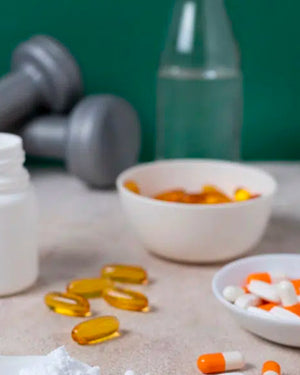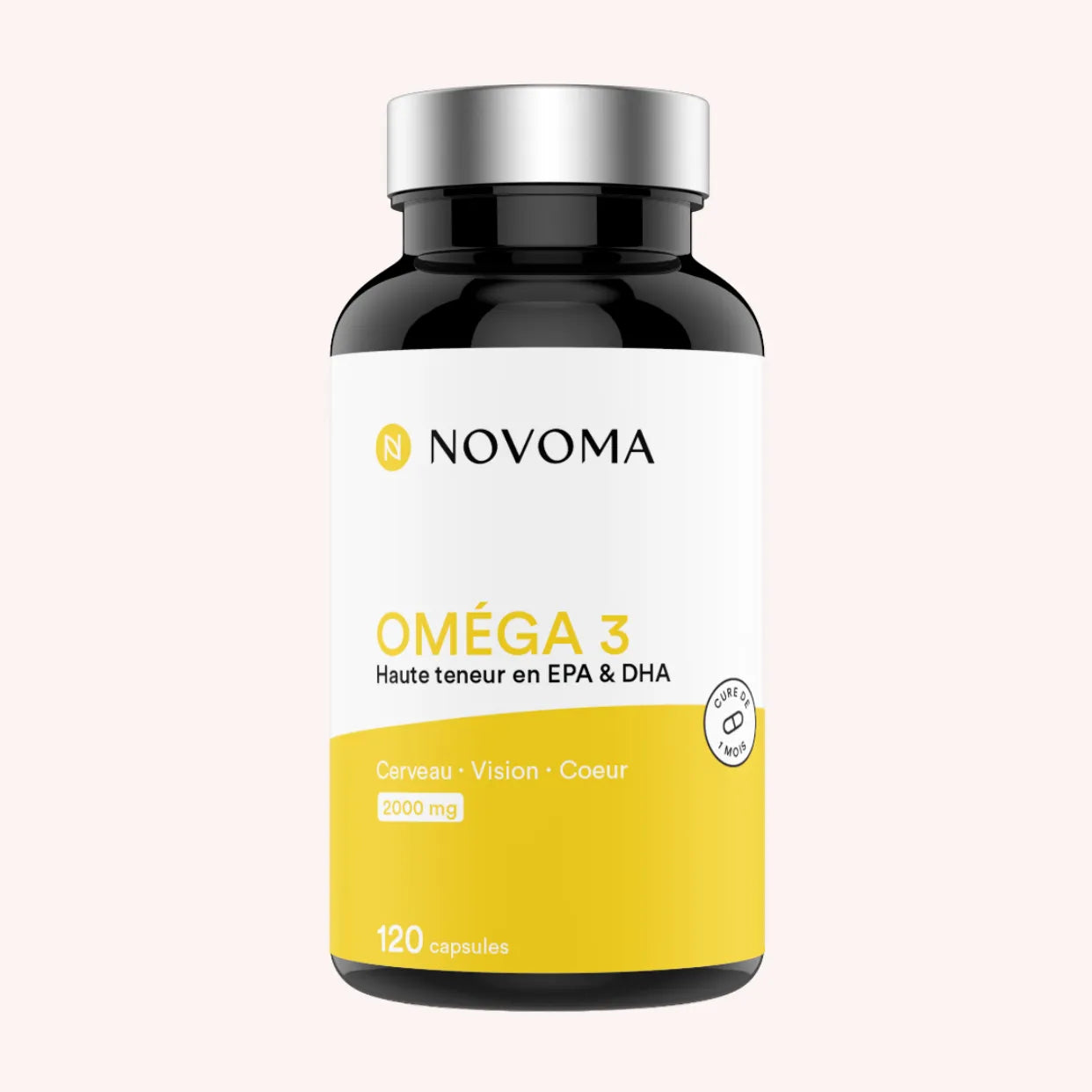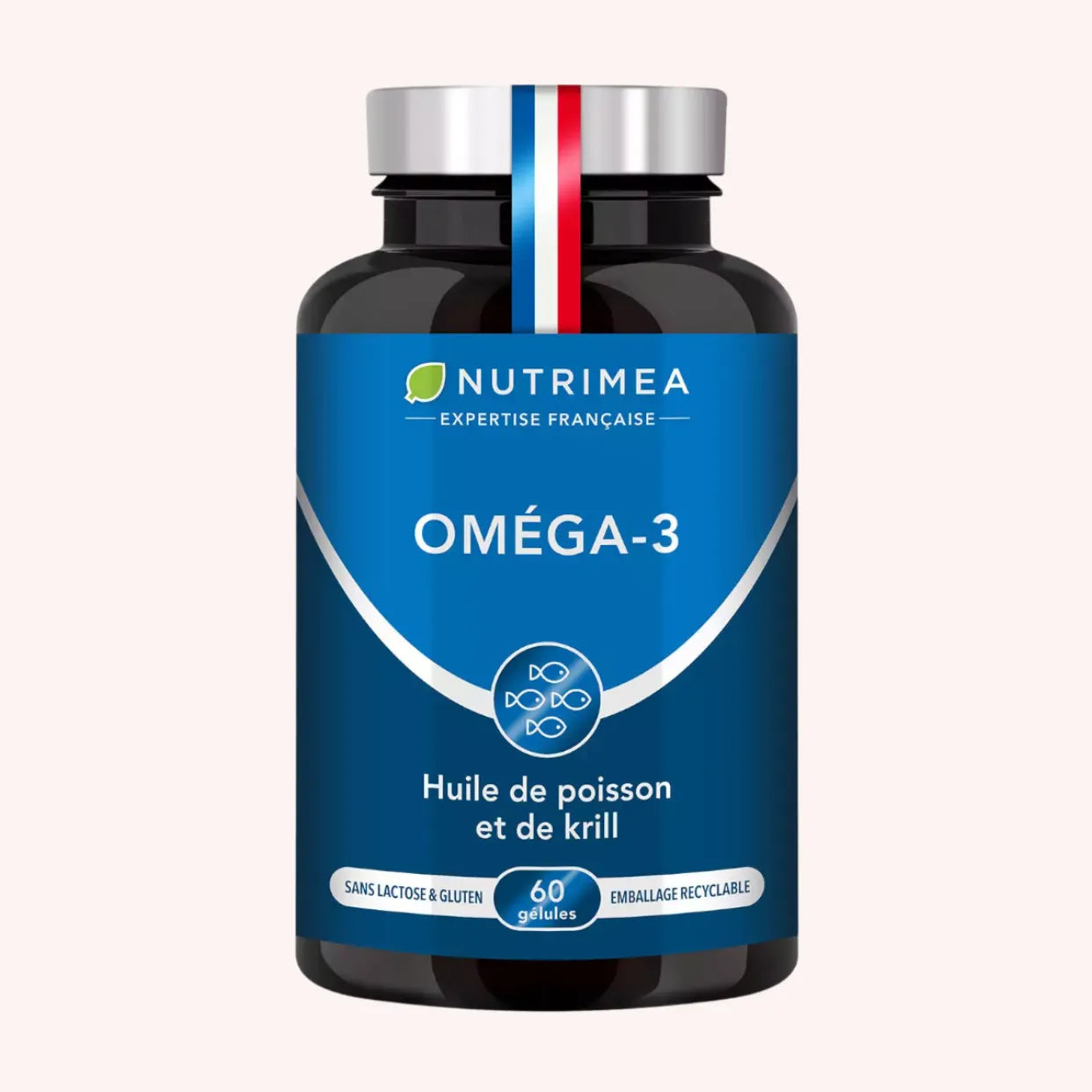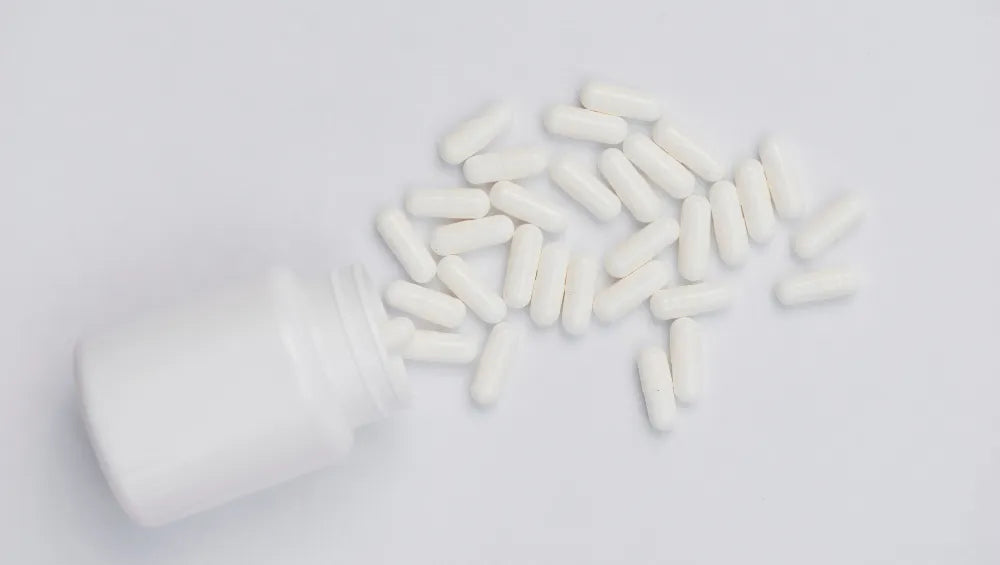Omega 3 is a category of essential fatty acids that are essential for the proper functioning of the body. These lipids, which our body cannot synthesize in sufficient quantities, must be provided by food.
Incorporating foods rich in omega-3s into your eating routine can help optimize your performance and support your fitness goals.
What are Omega 3s?
- ALA (alpha-linolenic acid): Present in plant sources such as flax or chia seeds, it is a precursor to the other two types of omega 3.
- EPA (eicosapentaenoic acid) and DHA (docosahexaenoic acid): These active forms are found mainly in oily fish and certain dietary supplements.
The body can convert ALA to EPA and DHA, but this process is inefficient. Therefore, it is essential to directly consume food sources rich in EPA and DHA to maximize their effects.
Nutritional recommendations
Recommended daily intakes of omega-3 vary according to individual needs, but for an adult they are generally set as follows:
- ALA: 1% of total energy intake, or approximately 2 g per day.
- EPA and DHA: About 250 to 500 mg per day.
These amounts may increase for athletes or people engaged in intense physical activity, such as weight training, to support increased muscle recovery and regeneration needs.
The benefits of omega 3 for athletes
Omega 3 benefits are numerous, especially for athletes and bodybuilders:
1. Support for physical performance
Omega 3 improves the fluidity of cell membranes, which promotes communication between muscle and nerve cells. This can contribute to better muscle contraction and increased coordination during training.
2. Optimized muscle recovery
The anti-inflammatory properties of EPA and DHA help reduce muscle soreness after intense exercise, thus promoting faster recovery. This mechanism is particularly useful for bodybuilding enthusiasts, who put a lot of strain on their muscles.
3. Contribution to muscle growth
By supporting protein synthesis and participating in the regulation of metabolic processes, bodybuilding omega 3s are essential for maximizing muscle gains, especially when combined with a structured training program.
4. Protection against oxidative stress
Intense workouts generate free radicals. Omega 3, thanks to its antioxidant properties, helps limit the effects of oxidative stress, thus protecting muscle cells and tissues.
What foods are richest in omega 3?
To cover your omega 3 needs, it is essential to diversify your food sources. Here is a selection of essential foods:
1. Oily fish
Fish are a valuable source of EPA and DHA. The richest varieties include:
- Salmon (about 1.5 g of omega 3 per 100 g).
- Mackerel (2.4 g per 100 g).
- Sardines and herring (about 1.7 g per 100 g).
These fish can be easily incorporated into your meals to support your nutritional needs.
2. Vegetable oils
Among the oils rich in ALA, we find:
- Flaxseed oil: 53 g of omega 3 per 100 g.
- Walnut oil: 12 g per 100 g.
- Rapeseed oil: 7.5 g per 100 g.
These oils are ideal for garnishing your salads or dishes, but must be consumed raw to preserve their properties.
3. Seeds and oilseeds
Seeds and nuts are also excellent plant sources:
- Chia seeds: 17.8 g per 100 g.
- Flax seeds: 21 g per 100 g.
- Nuts: 7.5 g per 100 g.
These foods can be added to smoothies, yogurts or preparations for an additional intake of omega 3 .
4. Enriched eggs
Some eggs, from hens fed flaxseed, contain significant amounts of omega-3. They are a convenient option for incorporating these essential fatty acids into your daily diet.
5. Green vegetables
Although their omega 3 content is lower, vegetables such as lamb's lettuce, green cabbage or lettuce provide a significant amount, especially when combined with other sources.
Integrating Omega 3 into your diet
Incorporating foods rich in omega-3 into your diet is essential to reap the full benefits. Here are some menu ideas:
Breakfast
- Cottage cheese with chia seeds and pieces of walnuts.
- Avocado and smoked salmon toast.
Lunch
- Mixed salad: Lettuce, mackerel, cherry tomatoes and walnut oil.
- Main course: Grilled salmon fillet with green vegetables.
Dinner
- Sardine rillettes and lamb's lettuce toast.
- Vegetable soup with flax seeds.
These simple dishes allow you to cover your daily omega 3 needs while varying the pleasures.
The importance of dietary supplements
Even with a balanced diet, it can sometimes be difficult to cover all your omega-3 needs, especially if you are very physically active. In this case, opting for a health food supplement can be a good idea. These supplements, in the form of fish oil or algae capsules, offer a practical solution to maintain an adequate intake of EPA and DHA.
By choosing certified and quality supplements, you can optimize your performance and support your sporting goals.
Precautions to take
Although omega-3s are essential for the proper functioning of the body and offer many benefits, excessive or unbalanced consumption can lead to counterproductive effects. Here are the main precautions to keep in mind to get the most out of these essential fatty acids.
1. Respect the recommended intakes
The recommended daily amount of omega-3 varies depending on the source, but an intake of 250 to 500 mg per day of EPA and DHA is generally recommended for adults. Requirements may increase for athletes or in certain specific conditions, but it is important not to overconsume these lipids to avoid an excess that can affect overall lipid balance.
2. Maintain a good omega-6/omega-3 ratio
Omega-6, also an essential fatty acid, is often consumed in excess in modern diets, mainly due to vegetable oils such as sunflower or corn oil. An ideal ratio is around 4:1 (four times more omega-6 than omega-3), but in many cases it is as high as 10:1 or more, which can promote inflammation. Adding foods rich in omega-3, such as oily fish or flaxseed, and reducing omega-6 can help restore this balance.
3. Beware of interactions and contraindications
Omega-3s, when consumed in high doses through supplements, can interact with certain medications, including blood thinners, increasing the risk of bleeding. If you are taking specific medications or have a condition that requires special attention, it is recommended to consult a healthcare professional before adding a health food supplement rich in omega-3.
4. Quality and purity of supplements
For those who choose food supplements, it is essential to opt for quality products. Check their EPA and DHA content, their origin (fish oil, algae) and their purity (absence of contaminants such as heavy metals). Certifications or quality labels guarantee a safe and effective product.
In summary, omega-3s offer many benefits, but their consumption must be reasoned. By following these precautions and respecting the recommended intakes, you will be able to take full advantage of their benefits while maintaining an optimal lipid balance.
Omega 3s are essential fatty acids that play a key role in optimizing physical performance, muscle recovery and muscle growth. By incorporating foods rich in omega 3s, such as oily fish, seeds, or vegetable oils, you can take full advantage of their benefits.
For athletes, especially those practicing bodybuilding, these fatty acids are a real asset to achieve your goals. If necessary, supplementing your diet with a specific bodybuilding omega 3 product can increase your daily intake and support your progress.
Sources:
-
Prevention of Cardiovascular Events with Omega-3 Polyunsaturated Fatty Acids and the Mechanism Involved
Watanabe Y, Tatsuno I.
J Atheroscler Thromb. 2020 Mar 1;27(3) :183-198. doi:10.5551/jat.50658.
PMID: 31582621. Free PMC article. : https://pubmed.ncbi.nlm.nih.gov/31582621/ -
Omega-3 Fatty Acids in Pregnancy-The Case for a Target Omega-3 Index
von Schacky C.
Nutrients. 2020 Mar 26;12(4) :898. doi:10.3390/nu12040898.
PMID: 32224878. Free PMC article. : https://pubmed.ncbi.nlm.nih.gov/32224878/ -
Omega-3 Supplementation and Diabetes: A Systematic Review and Meta-Analysis
Delpino FM, Figueiredo LM, da Silva BGC, da Silva TG, Mintem GC, Bielemann RM, Gigante DP.
Crit Rev Food Sci Nutr. 2022;62(16) :4435-4448. doi:10.1080/10408398.2021.1875977.
PMID: 33480268.: https://pubmed.ncbi.nlm.nih.gov/33480268/ -
Omega-3 Fatty Acids Supplements for Dry Eye – Are They Effective or Ineffective?
Bhargava R, Pandey K, Ranjan S, Mehta B, Malik A.
Indian J Ophthalmol. 2023 Apr;71(4) :1619-1625. doi:10.4103/IJO.IJO_2789_22.
PMID: 37026312. Free PMC article. : https://pubmed.ncbi.nlm.nih.gov/37026312/










